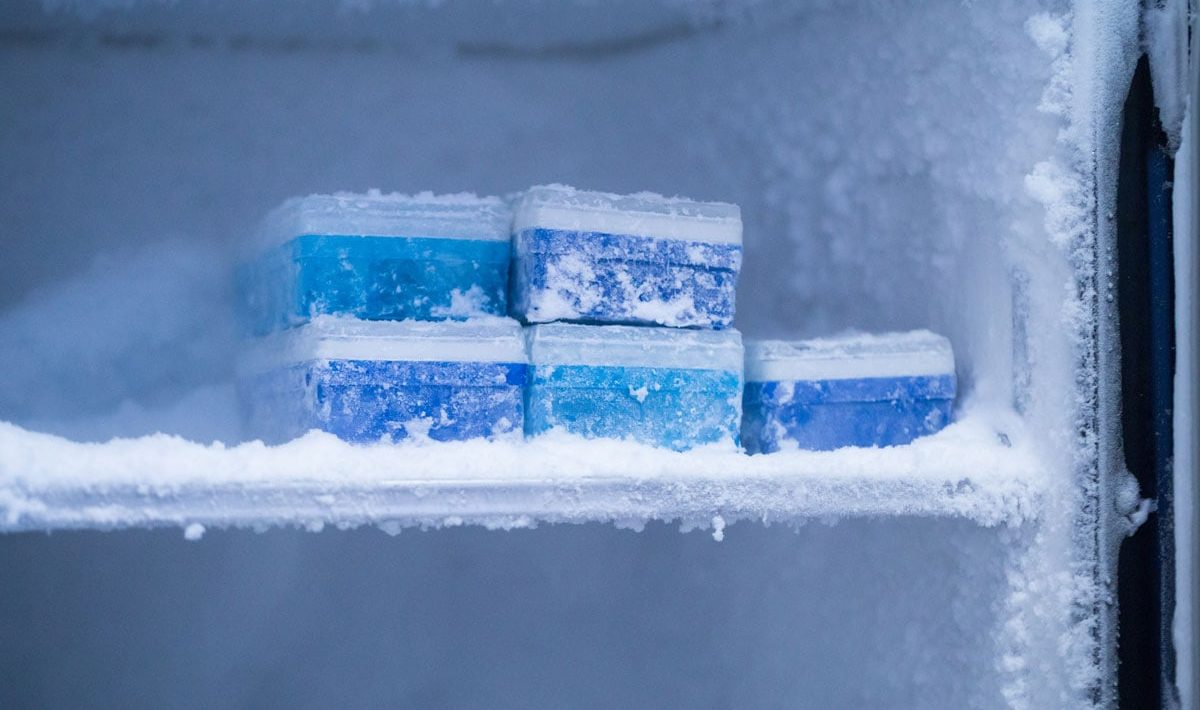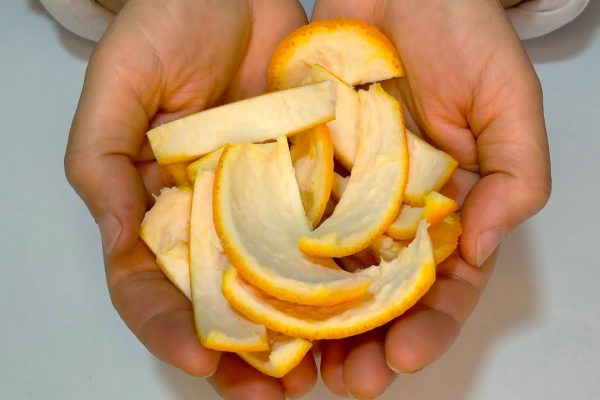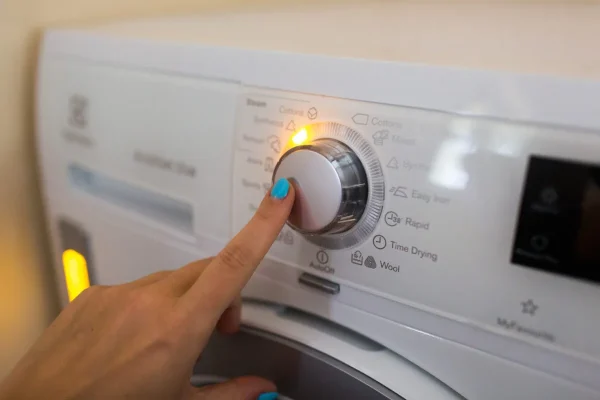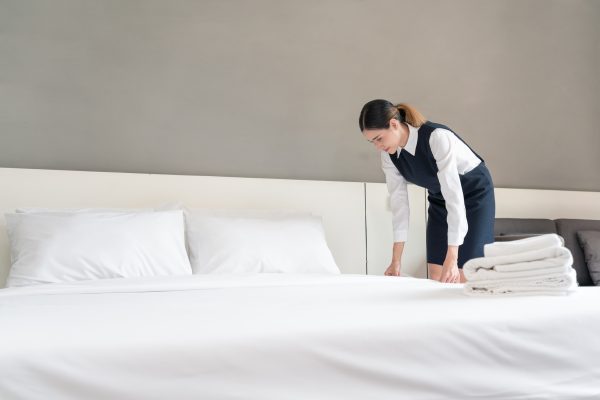When ice builds up in the freezer, it not only reduces the available space, but also causes the appliance to consume more energy and perform less efficiently. Frost prevents cold air from circulating properly, putting strain on the motor and increasing your electricity bill. The good news is that there is a quick and effortless way to solve this problem: a simple roll of aluminum foil.
The idea is simple: use a material that distributes heat very efficiently to soften the ice and remove it in a few minutes, without scraping or forcing. It is a practical trick for appliances that are not “no-frost” (in no-frost appliances, ice does not form and this is not necessary).
HOW TO APPLY IT STEP BY STEP
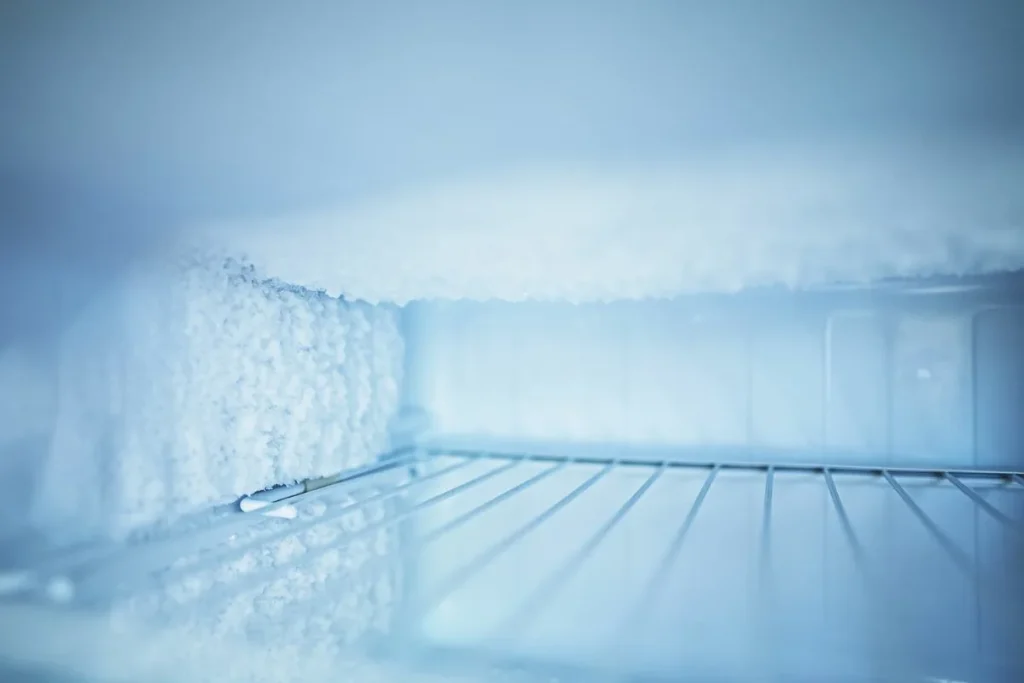
1. Unplug the freezer or turn it off before you start.
2. Cover the interior walls with aluminum foil, without pressing too hard.
3. Apply gentle heat by placing a pot of hot water or a hair dryer nearby (without pointing it directly at the ice for too long). Wait 10 to 20 minutes, until the ice plates begin to come off.
4. Remove the ice with a plastic spatula, never with knives or metal objects that could pierce the walls or damage the cooling system.
5. It is important to use common sense during the process: moderate heat, keep cables and water separate, and do not cover internal ducts with paper. The goal is to soften the ice, not heat the casing.
WHY DOES IT WORK?
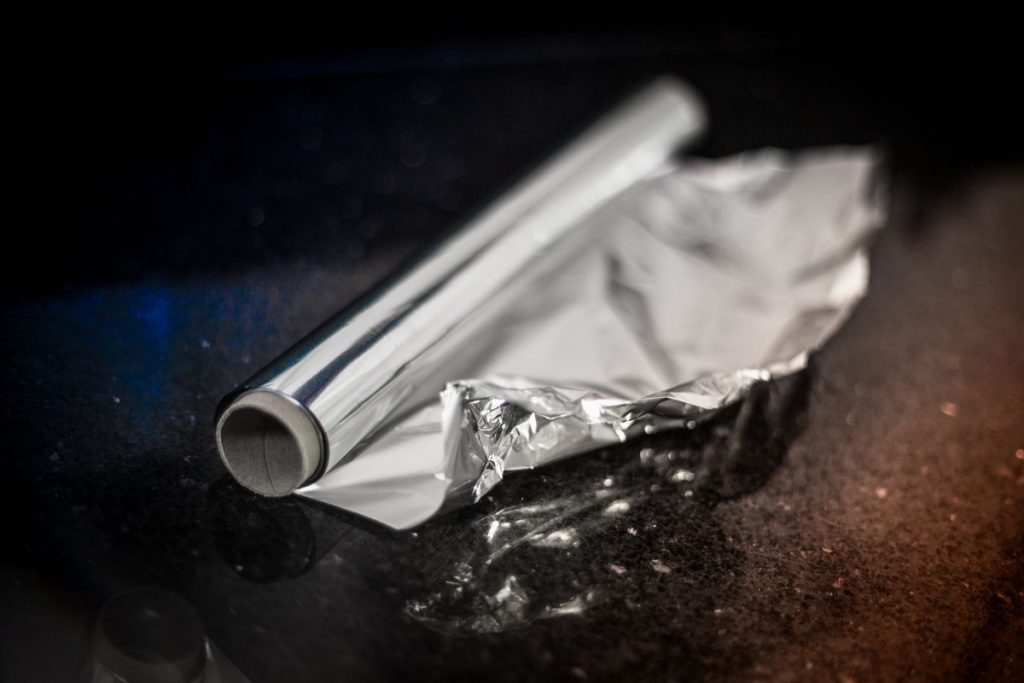
The key to its success lies in the properties of aluminum: its high thermal conductivity, around 200 W/m·K, means that heat is distributed much faster than in materials such as plastic or ceramic. This is why it is also used in kitchen utensils or trays for defrosting food: it acts as a “bridge” that distributes heat and, in this case, accelerates defrosting evenly.
WHEN TO DO IT
Experts recommend defrosting the freezer at least twice a year or when the frost layer exceeds 5 millimeters in thickness. Doing this frequently prevents ice from building up, improves cooling, and keeps the appliance in optimal condition.
Once clean, simply dry the walls thoroughly and plug it back in. Placing food in order and without blocking the internal racks will help maintain a stable temperature and prevent new accumulations.

